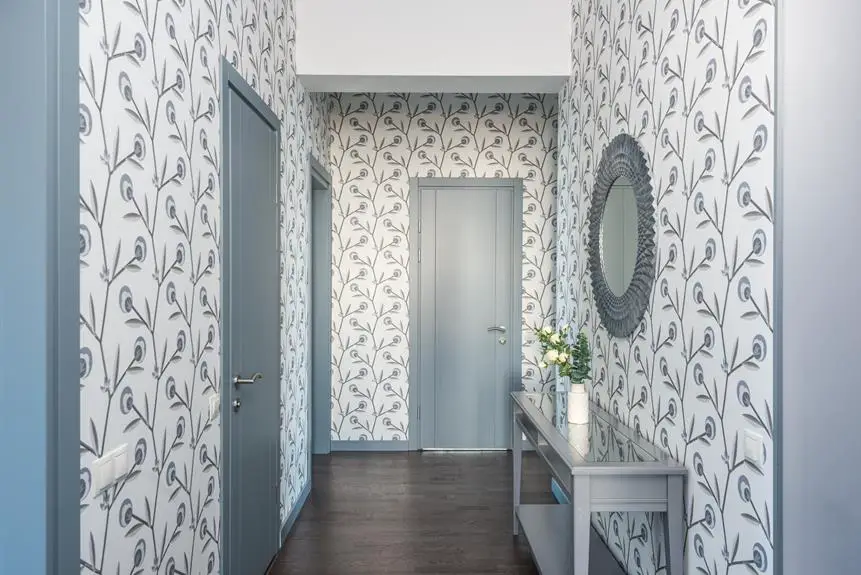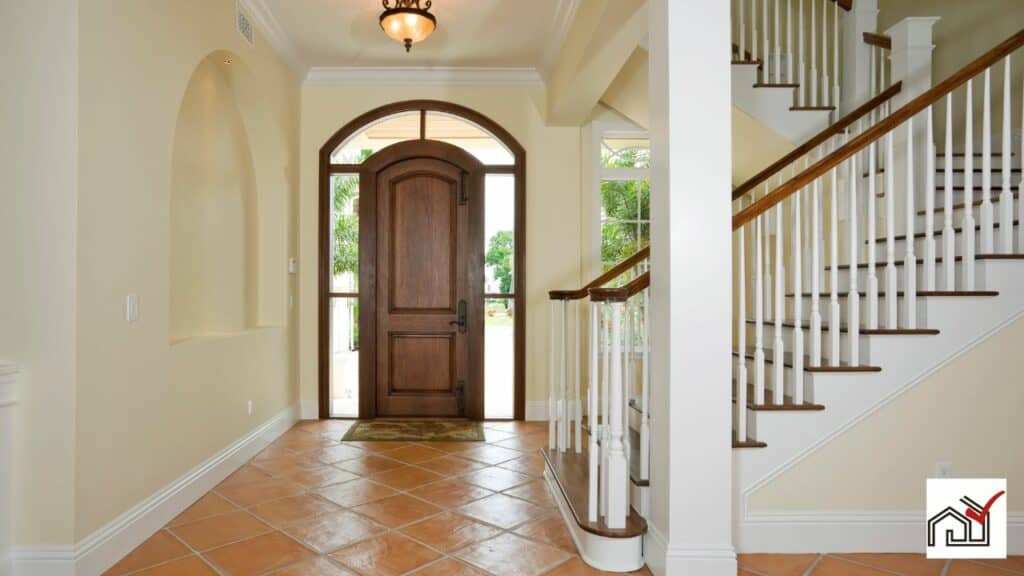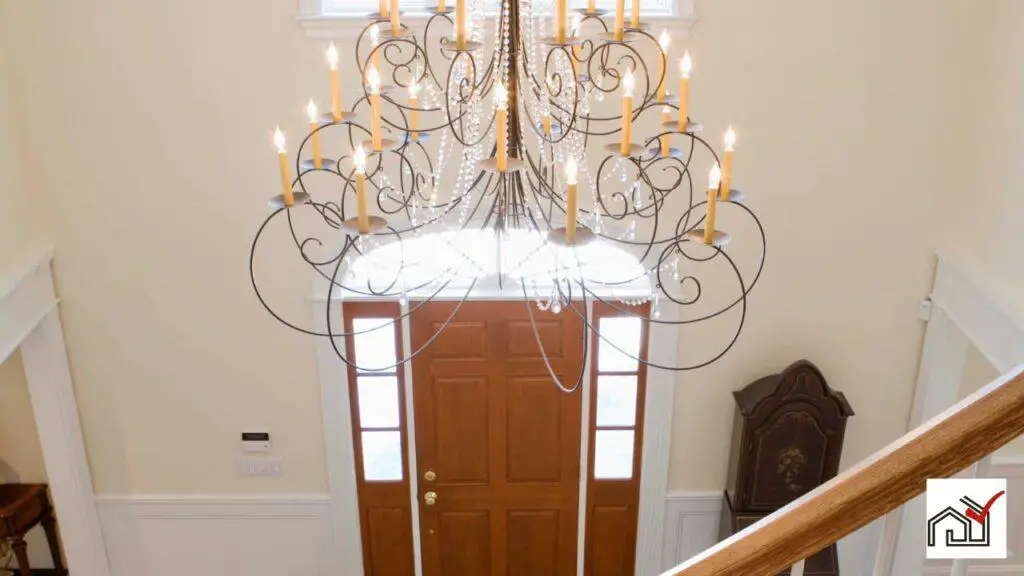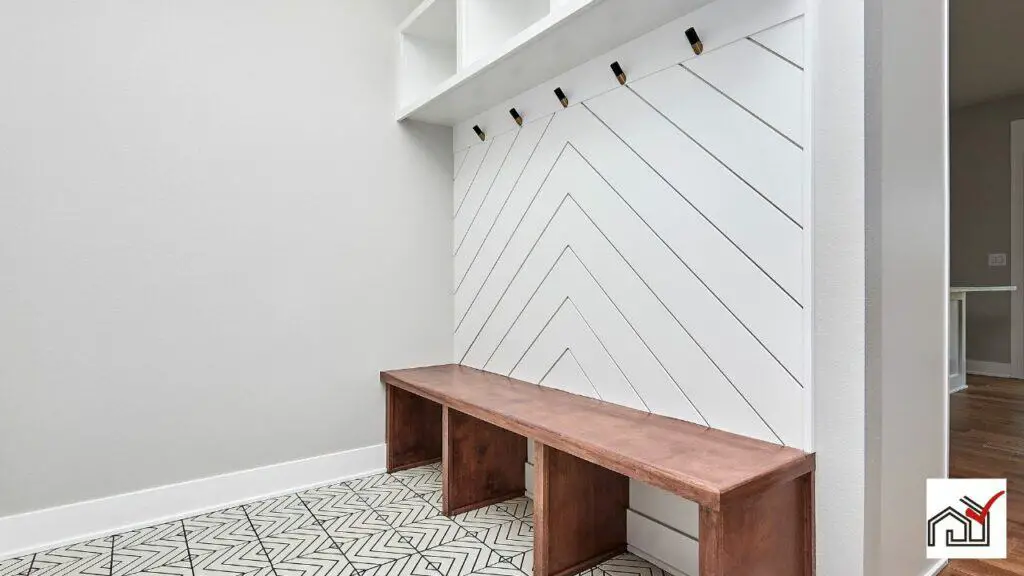Adding a mirror to an entryway can be useful and decorative. It lets people check their appearance before leaving the house or welcoming visitors. Mirrors also make spaces look brighter and larger, which is beneficial in small or dim entryways.
However, careful placement is important, as some beliefs, like Feng Shui, suggest that certain positions may be unfavorable.
This text examines why a mirror might be placed in an entryway and how to choose and position one effectively.
The Functional Benefits
Mirrors in entryways are used for last-minute grooming and also offer several practical advantages. They can brighten the space by reflecting light, making the area more inviting. By creating the illusion of depth, mirrors can make small spaces appear larger. This is useful in compact homes.
Mirrors also improve the lighting in an entryway. During the day, they can redirect sunlight to reduce the use of electric lights. At night, they can enhance interior lighting for a warm welcome.
Additionally, a mirror serves as a checkpoint for people to check their appearance before leaving the house. It is both functional and contributes to the design of the entryway.
Enhancing Spatial Perception
A mirror in the entryway can make a small area seem larger by reflecting the room and creating an illusion of more space. It also reflects light, which brightens the space and makes it appear more welcoming.
The full-length mirror adds to this effect by providing a view that increases the sense of height and space. The frame and placement of the mirror should match the home's decor to ensure a cohesive look.
Aesthetic Appeal and Style
A mirror in the entryway enhances the space's visual appeal and style. It's not just for reflection; it serves as a decorative element that influences the home's atmosphere. The mirror style can create a modern or traditional look. Vintage mirrors add a sense of history and elegance, while simple, modern mirrors make a space appear larger and more open.
Mirrors with textured frames, like woven materials or sunburst designs, add interest and depth to the entryway. Choices range from ornate, gilded mirrors to minimalist geometric shapes, integrating the mirror into the home's overall design.
The appropriate entryway mirror combines aesthetics with utility, demonstrating that style can be practical. Selecting a mirror that fits the desired look ensures the entryway is both inviting and fashionable.
Considerations for Feng Shui
Mirrors can enhance an entryway, but feng shui suggests not placing them directly opposite the front door to avoid pushing away positive energy. Instead, hanging a mirror on a side wall can maintain functionality and promote a sense of openness without disrupting energy flow.
Simple mirror designs are preferred in feng shui over complex or distorted ones to maintain a smooth energy flow. Personal comfort should also be considered when placing a mirror; it should not startle or discomfort those entering the home.
The decision to use a mirror should balance feng shui with personal preference for a welcoming atmosphere.
Potential Drawbacks to Address
Mirrors can enhance an entryway's appearance, but they may not be welcoming to everyone due to personal discomfort or cultural beliefs. When installing a heavy mirror, ensure the wall can support its weight to maintain safety and prevent damage. Mirrors facing the front door may conflict with feng shui, potentially repelling positive energy.
Budget considerations might lead to the selection of a cheaper mirror, which could affect quality and style, detracting from the entryway's ambiance. It's important to balance aesthetic improvements with personal style and budget constraints.
House sitters and pet caretakers may be surprised by a mirror in their path, suggesting that the impact on all potential visitors should be considered. Homeowners should be aware of these factors when deciding to install a mirror in the entryway.
Choosing the Right Mirror
When selecting a mirror for your entryway, consider both its function and how it fits with your home's style. Choose a mirror that matches your home's architecture to ensure a unified look. For example, a sunburst-style mirror suits a space with wooden features, while a carved wooden mirror fits well with eclectic decor, adding texture.
The size of the mirror should match the scale of the wall and any furniture, like a console table, to maintain balance. A small mirror can appear insignificant, and a large one might dominate the space. The mirror should make the area feel larger and more welcoming by reflecting light and enhancing other decor elements.
The frame is an important feature. Gold frames can introduce a classic, elegant feel, suitable for a more formal entryway and can be accessorized to suit changing tastes or seasonal decorations.
Creative Placement Ideas
Placing mirrors in entryways can make them appear larger and more welcoming. A mirror serves not only for a quick check before leaving but also to improve a space's look and usefulness. Creative placement can enhance a mirror's impact in an entryway.
One idea is to use a mirror with a woven frame to add a warm, coastal feel and reflect light to brighten the area. Vintage mirrors found at thrift stores or flea markets can add character and serve as an interesting centerpiece.
A sunburst mirror can make good use of natural light, adding a traditional look. A carved wooden mirror might suit those with eclectic tastes, offering texture and a natural touch. For added luxury, a gilded curved mirror can make a bold statement and reflect a sense of opulence.
These strategies use mirrors to improve the entryway's appearance.




